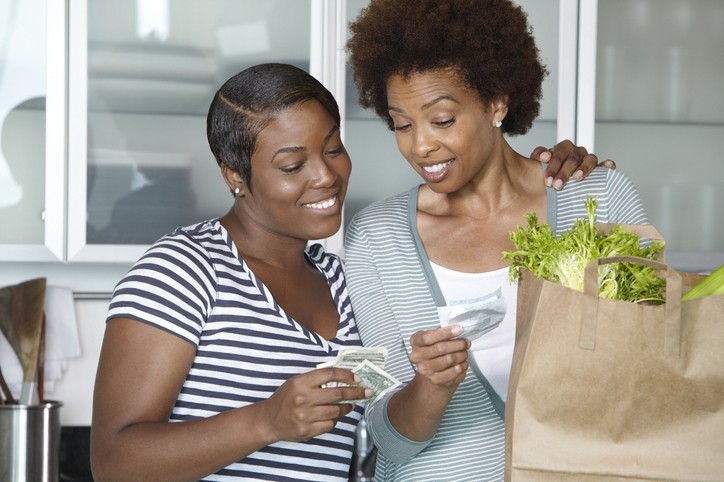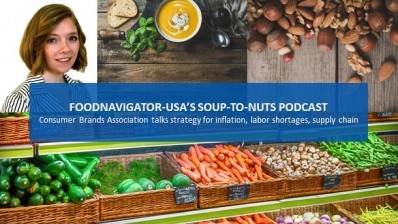Marketing strategies must shift as consumers become more price-sensitive now than pre-pandemic

A survey of 1,004 US adults conducted by marketing solutions company Vericast’s Valassis business and a third-party market research firm reveals nearly three quarters of consumers say they increased their savings behaviors during the pandemic and 82% plan to continue these practices over the next year.
Part of this shift reflects widespread job losses, pay cuts, furloughs and other negative financial impacts that occurred early in the pandemic when regional lockdown orders disrupted the economy, according to The Consumer Optimism Outlook, which revealed 49% of consumers said their household income was negatively impacted by COVID-19 in 2020 and the “vast majority” of those expect it to continue in 2021.
However, another savings driver was the “forced closing of leisure activities and concern for the economic outlook,” which could dissipate as out-of-home entertainment and activities resume over the course of this year, the report notes.
Regardless of the impetus for saving, more consumers are price-conscious now than last year, according to the survey. It found 31% on consumers consider themselves price-conscious while shopping for consumer packaged goods and groceries – an increase from 23% in 2020.
Given that money will continue to be tight for many consumers and that “financial scars will run deep,” researchers recommend brands “communicate with deals, bargains and big benefits,” if they want to successfully engage with shoppers.
Marketing should emphasize familiarity and reassurance
Valassis also recommends in the report that brands concentrate messaging on “familiarity, consistency, reassurance and authenticity,” given many consumers’ lingering concerns about safety and their uneven optimism for the future.
According to the survey, only 39% of baby boomers believe that life will “return to normal this year,” while 55% of millennials and 59% of millennial parents feel the same.
A key component of ‘normal’ life is indoor activities – many of which were put on hold or severely restricted during the height of the pandemic as the virus was believed to spread more easily indoors than out.
With this in mind, only 49% of the consumers surveyed in February and March said they were comfortable shopping inside stores – a figure that climbs only slightly to 52% of those who are vaccinated. The percentage ticks up again slightly for younger consumers with 54% of millennials reporting they are currently comfortable shopping inside and 57% of parents who report the same.
Marketers should navigate this divide by skipping frequent pre-pandemic refrains to “visit now,” and instead remind consumers of the measures they are taking to make shopping safer, Valassis recommends.
This also can help instill or confirm consumer trust, which is increasingly influential in purchase decisions. The survey found 76% of respondents agree they’re more likely to buy from a brand or store they trust compared to 71% in 2019.
Focus on the positive
Retailers and brands also should avoid fear-based marketing and instead tailor messages to focus on the positive aspects of changes adopted over the past year, the report adds.
For example, with almost two-thirds of consumers reporting that they are content staying at home more now, focus on how they can enjoy life at home rather than potential fears associated with going out and increased risks of exposure to COVID, Valassis recommends.
Brand messaging related to companies’ social responsibility efforts also can build consumer loyalty, according to the report. It found 54% of consumers are more likely to be loyal to a brand or store that shares its values.










